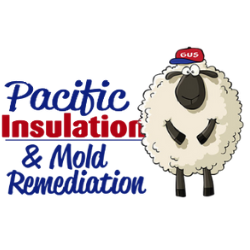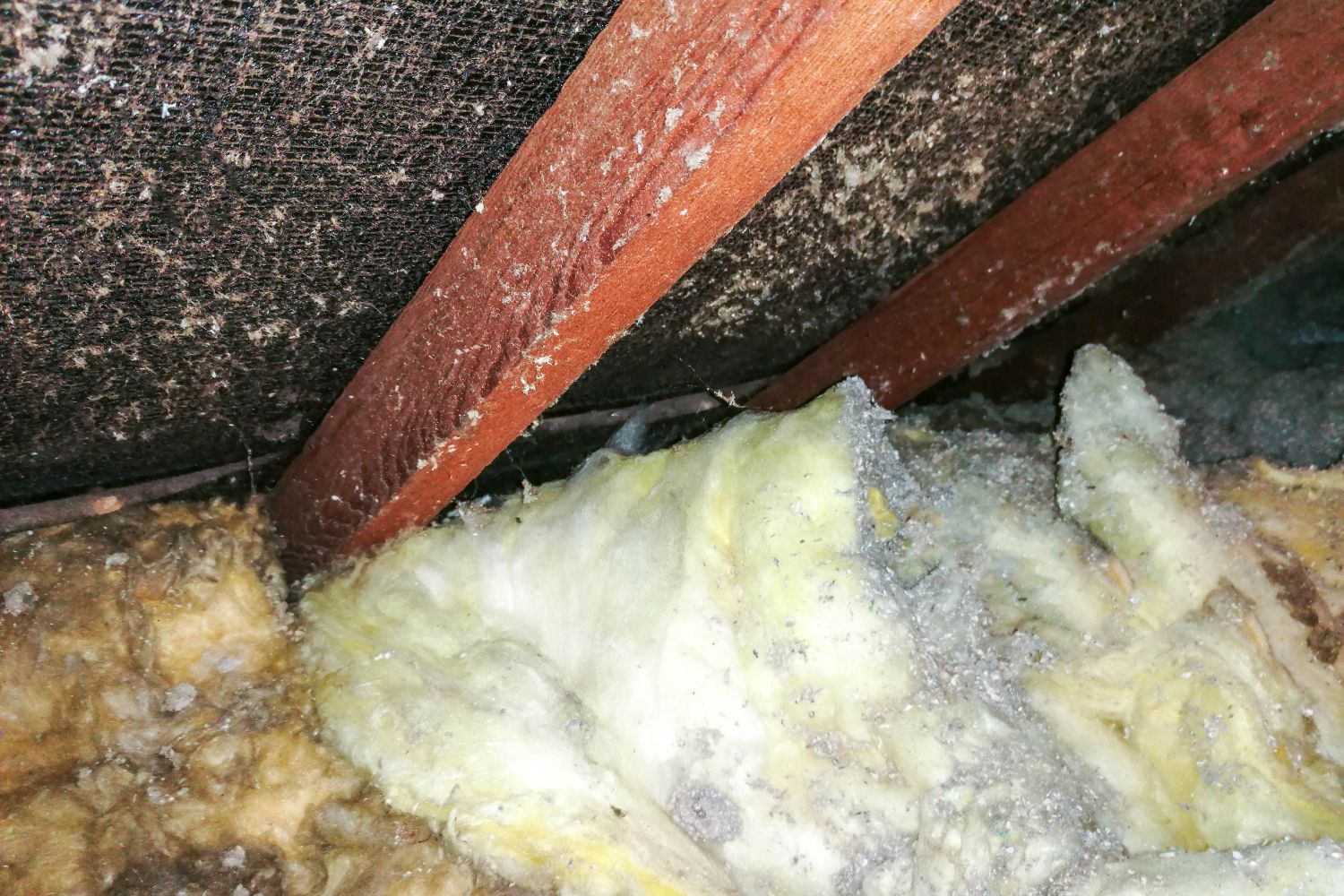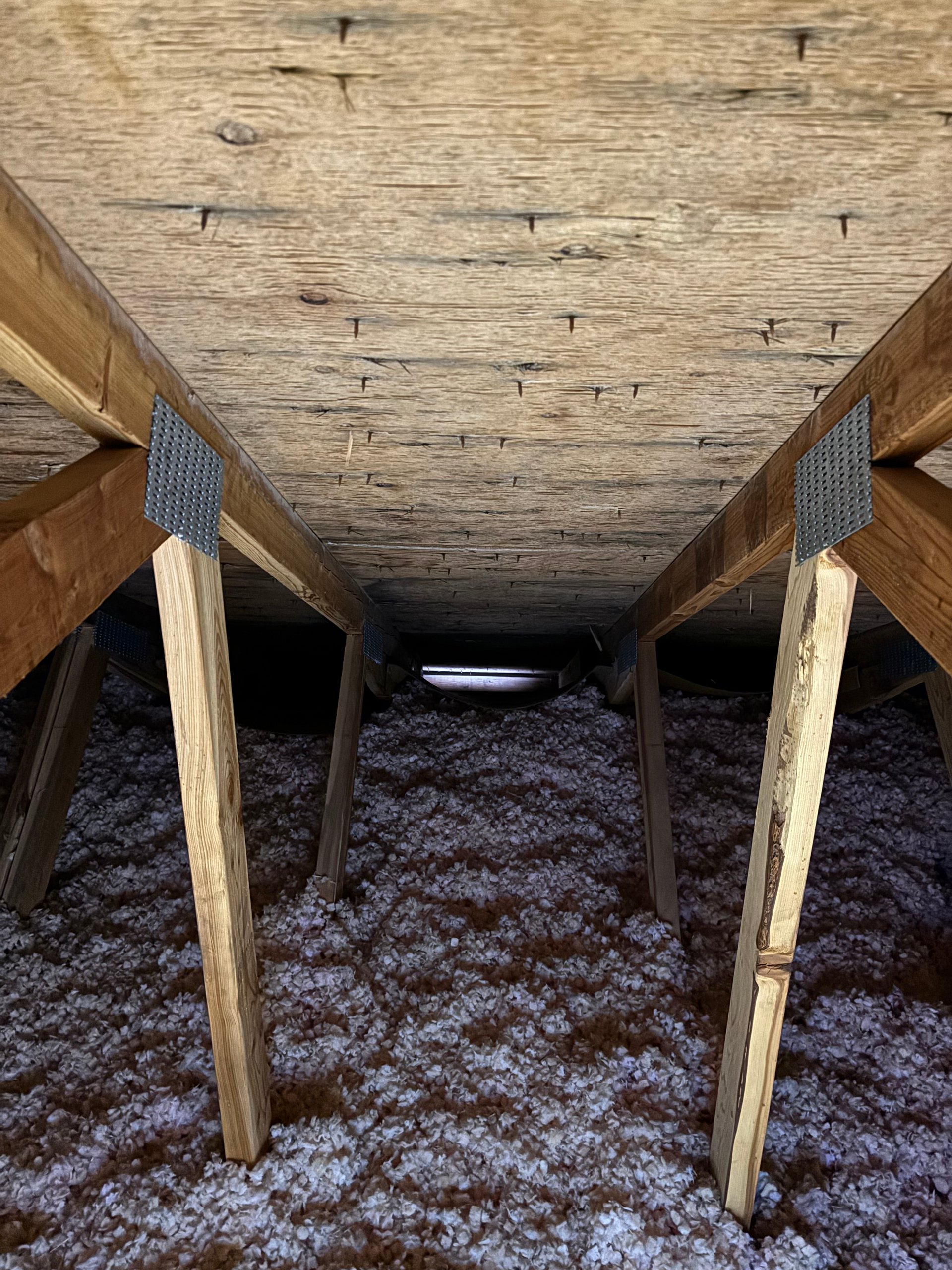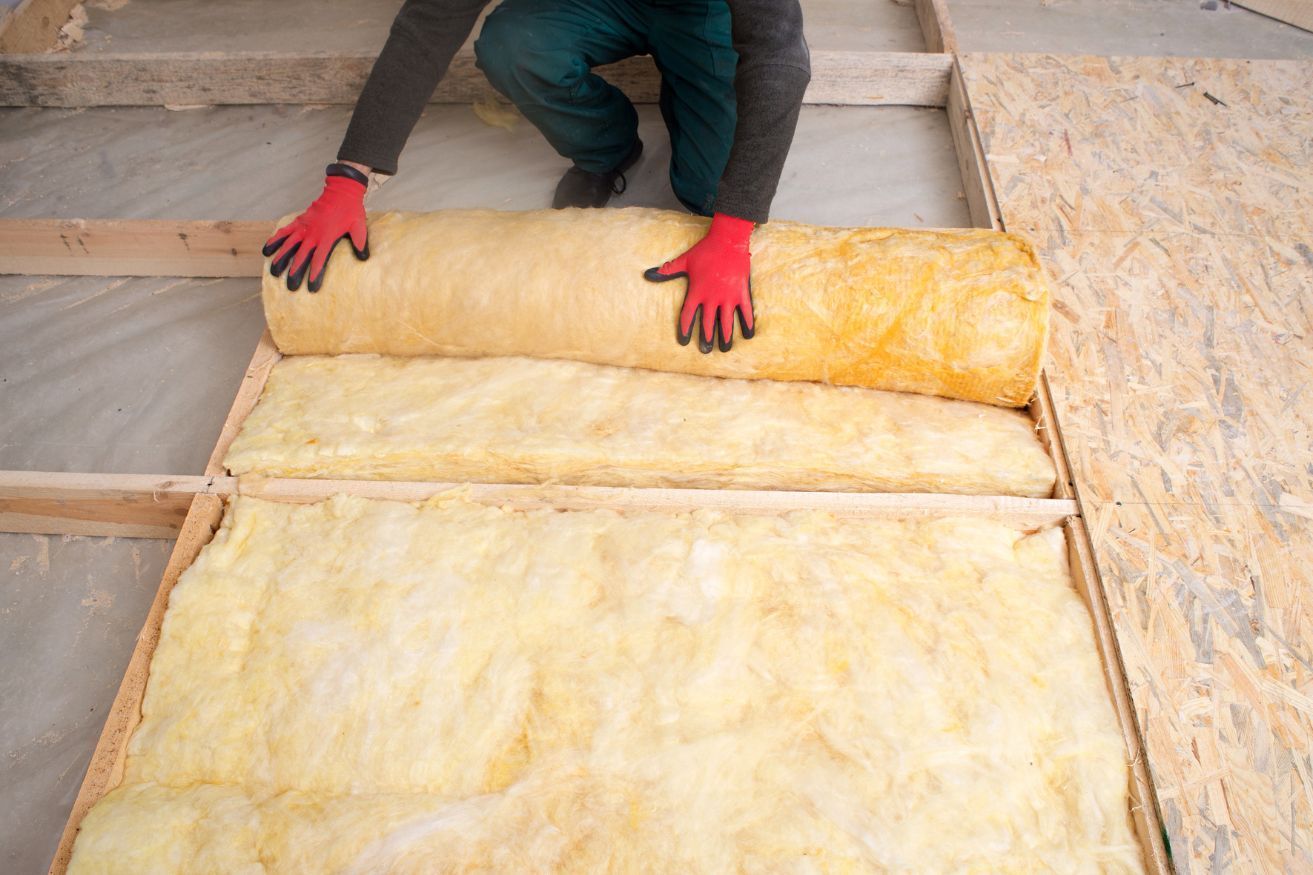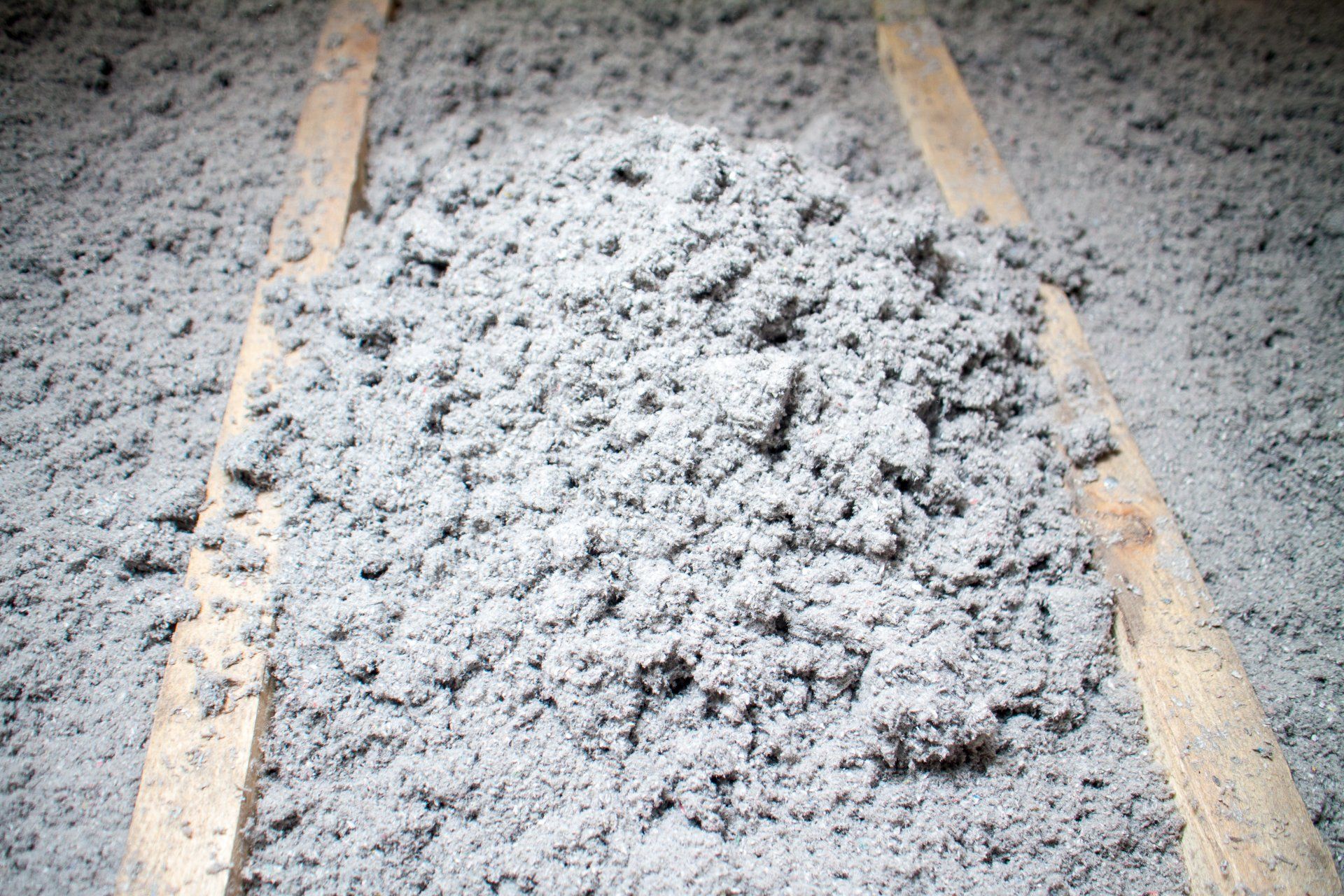Finding Local Insulation Removal Services Easily
When it comes to maintaining a cozy and energy-efficient home, insulation plays a crucial role. Proper insulation helps regulate your home's temperature, keeping it warm in the winter and cool in the summer, thereby reducing energy costs. But what happens when that insulation gets old or damaged? That's where insulation removal services come in. Whether you're a building contractor, an HVAC technician, or a homeowner, understanding how to find local insulation removal services can make a significant difference in maintaining your home's efficiency and comfort. Let's dive into the basics and explore how you can easily find these services near you.
Why Remove Insulation?
Before we get into finding services, it's essential to understand why you might need to remove insulation. Over time, insulation can become less effective due to age, pest infestation, water damage, or even a previous installation that wasn't up to par. When insulation loses its efficiency, it fails to provide the thermal barrier necessary for energy conservation, leading to increased utility bills. Additionally, damaged insulation can harbor mold or pests, posing health risks to your household.
Removing old insulation can help in improving the energy efficiency of your home, ensuring better indoor air quality, and preparing for new insulation that will better serve your needs. New insulation technologies offer improved performance, and by replacing old insulation, you can take advantage of these advancements. Moreover, removing and replacing insulation gives you the opportunity to inspect your home's structure for any hidden issues, such as leaks or structural damage, that might have gone unnoticed.
What Are Insulation Removal Services?
Insulation removal services specialize in safely and efficiently removing old or damaged insulation from homes and buildings. These professionals are equipped with the right tools and knowledge to handle various types of insulation, from fiberglass to blown-in insulation. The process involves specialized equipment like high-powered vacuums and protective gear to ensure safety and cleanliness during removal.
They ensure the process is completed without spreading contaminants or fibers into the air, protecting both the workers and the home's occupants. This is particularly important as many types of insulation, such as fiberglass, can cause respiratory issues if inhaled. Moreover, these services often include disposal of old insulation materials, adhering to environmental regulations and ensuring that waste is handled responsibly. By hiring professionals, you can rest assured that the job is done thoroughly and in compliance with safety standards.
How to Find Insulation Removal Services Near You
Finding the right service provider doesn't have to be a daunting task. Here are some straightforward steps to guide you through the process:
Search Online
One of the easiest ways to find an insulation removal service is to search online. You can use keywords like "insulation removal service" or "insulation removal near me" to find local companies. Websites often provide details about the services offered, customer reviews, and contact information. Make sure to explore multiple websites to compare services and read testimonials to get a sense of customer satisfaction.
Online platforms like Yelp or Angie's List can also be valuable resources for finding reliable service providers. These platforms not only list local businesses but also offer user-generated reviews and ratings, which can give you a clearer picture of the company's reputation and reliability. Consider reaching out to companies via their websites or social media platforms for additional inquiries or to request quotes.
Check Local Directories
Local directories or business listings can be a goldmine for finding reputable insulation removal companies. These directories often include ratings and reviews from past customers, giving you a good sense of the company's reliability and quality of work. Directories such as the Yellow Pages or local trade directories often categorize businesses by service type, making it easier to find specialized services like insulation removal.
Don't overlook regional or community-focused directories, as they can sometimes feature smaller, highly-rated local businesses that might not appear in larger directories. These local companies may offer more personalized service and competitive pricing. Be sure to take note of any certifications or affiliations mentioned in the listings, as these can indicate a company's commitment to quality and professionalism.
Ask for Recommendations
Word of mouth is still a powerful tool. Ask friends, family, or colleagues if they have any recommendations for insulation removal services. Personal experiences can provide insights that you might not find online. These firsthand accounts can offer valuable information about the quality of service, pricing, and overall customer satisfaction.
Additionally, consider reaching out to professionals in related fields, such as home inspectors or real estate agents, who may have worked with insulation removal companies before. They often have connections in the industry and can recommend reputable service providers. Remember to ask about both positive and negative experiences to get a well-rounded view of the companies being considered.
Evaluate Multiple Quotes
Once you've shortlisted a few companies, reach out to them for quotes. Comparing quotes from different providers can give you an idea of the average attic insulation removal cost and help you choose a service that fits your budget. When requesting quotes, ensure that each company provides a detailed breakdown of costs, including labor, materials, and any additional fees.
Don't just focus on the price; consider the value offered. Look for companies that provide comprehensive services, such as cleanup and disposal, as part of their package. This can save you time and additional expenses. It's also wise to inquire about any guarantees or warranties they offer on their work, as this can provide peace of mind knowing that the service quality is assured.
Verify Credentials
When you've narrowed down your options, it's crucial to verify the credentials of the insulation removal company. Ensure they have the necessary licenses and insurance. This not only protects you but also ensures that the job will be done according to industry standards. Licensed companies are more likely to adhere to safety regulations and possess the expertise needed for effective insulation removal.
Check if the company has any certifications from recognized industry organizations, as these can be indicators of their commitment to maintaining high service standards. Additionally, verify their insurance coverage to protect yourself from any liabilities in case of accidents or damage during the removal process. A reputable company will be transparent about their credentials and willing to provide proof upon request.
What to Expect From an Insulation Removal Service
When you hire a professional service, you can expect a systematic approach:
- Assessment: Initially, the company will assess the current state of your insulation. This includes identifying the type of insulation and the extent of any damage. They may use thermal imaging or other diagnostic tools to pinpoint problem areas, ensuring a thorough evaluation.
- Preparation: They will prepare the area to ensure that the removal process does not affect other parts of the home. This might include sealing off spaces and using proper ventilation to avoid contamination. Protective coverings may be applied to floors and furniture, and air filtration systems might be used to maintain air quality.
- Removal: The actual removal of insulation is done using specialized equipment that safely extracts the material without spreading dust or fibers. The team will wear protective gear to prevent exposure to any hazardous materials and will work efficiently to minimize disruption to your home.
- Cleanup: After removal, a thorough cleanup is conducted to ensure no remnants are left behind, leaving the space ready for new insulation. The cleanup process includes vacuuming and wiping down surfaces to remove any dust or debris, ensuring a clean and safe environment.
- Disposal: Proper disposal of the old insulation is crucial. The service provider will handle this in compliance with local regulations, ensuring environmentally responsible disposal. They may recycle materials whenever possible and will provide documentation of disposal for your records if needed.
Practical Tips for Homeowners
If you're a homeowner looking to remove insulation, here are a few practical tips:
- Know Your Insulation Type: Different insulation types may require different removal methods. Having this information handy will help in discussions with service providers. Understanding the type of insulation in your home, such as fiberglass, cellulose, or spray foam, can also aid in selecting the appropriate replacement material.
- Budget Considerations: While removing insulation, consider the cost of both removal and new installation. This helps in planning your budget effectively. Factor in potential additional costs, such as repairs to any damage uncovered during the process or upgrades to more efficient insulation types.
- Timing Matters: Schedule the removal during a time when it won't disrupt your daily activities. The process can take a few hours to a day, depending on the size of the job. Consider weather conditions as well, since extreme temperatures can affect both the removal process and your home's comfort during the transition.
- Prepare Your Home: Before the service begins, make necessary preparations such as clearing access to the attic or other areas where insulation will be removed. This will facilitate a smoother process and prevent any accidental damage to personal belongings.
Conclusion
Finding local insulation removal services doesn't have to be overwhelming. With a little research and some practical steps, you can find a reliable service that meets your needs. Whether you're preparing for a new insulation installation or addressing damage to your current insulation, professional removal services ensure the job is done safely and efficiently.
With this guide in hand, you're well-equipped to make informed decisions about insulation removal, ensuring your home remains comfortable and energy-efficient. Remember, the right insulation not only saves on energy bills but also adds to the overall comfort and value of your home. By taking the time to select a reputable service provider, you can enjoy the benefits of improved air quality, enhanced energy efficiency, and peace of mind knowing your home is in excellent hands.
